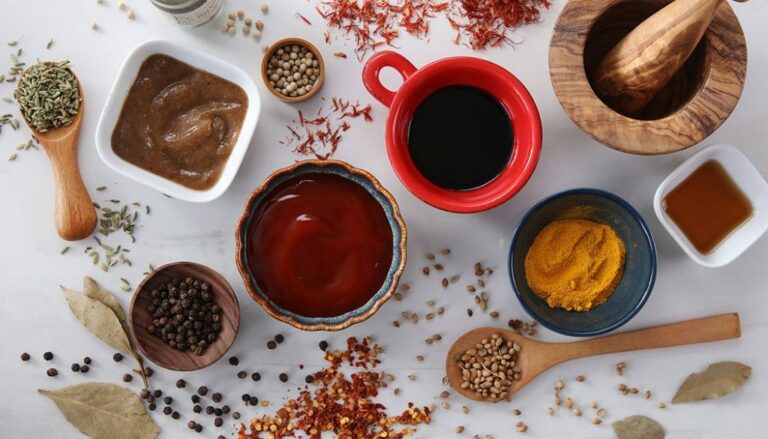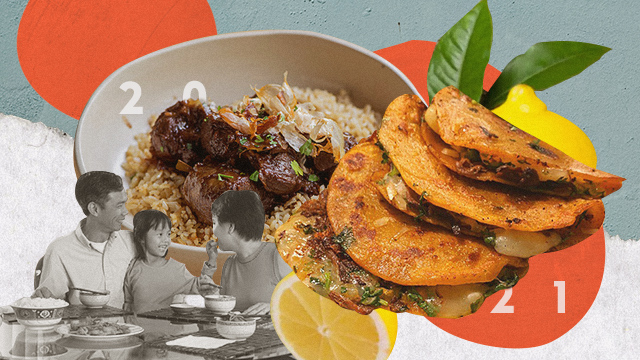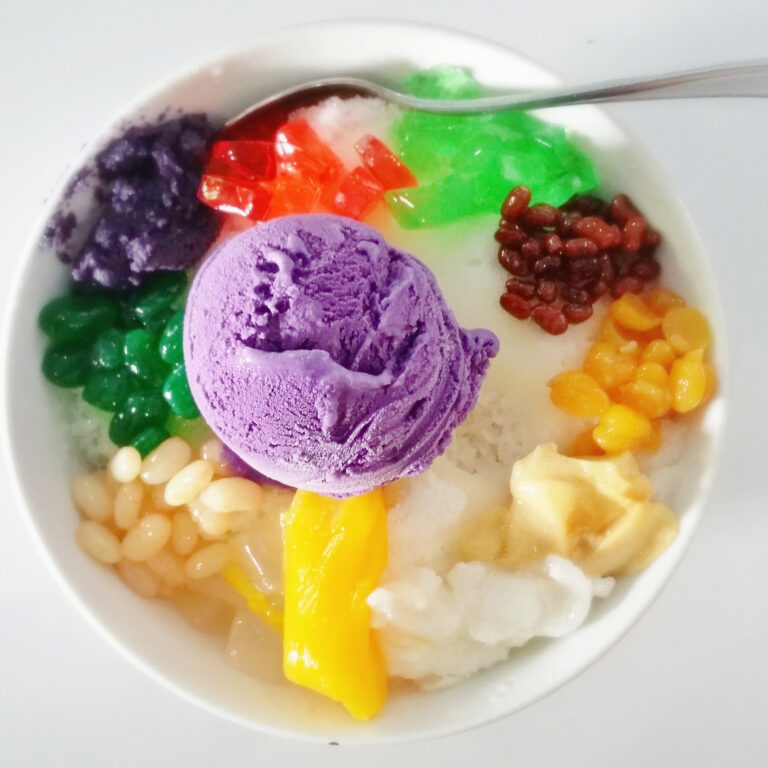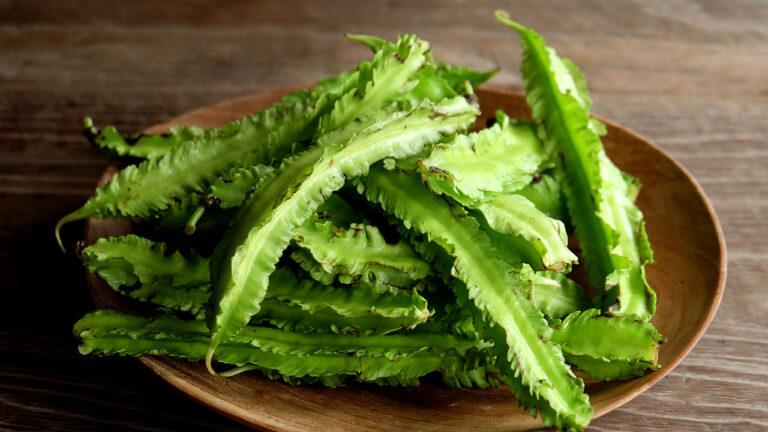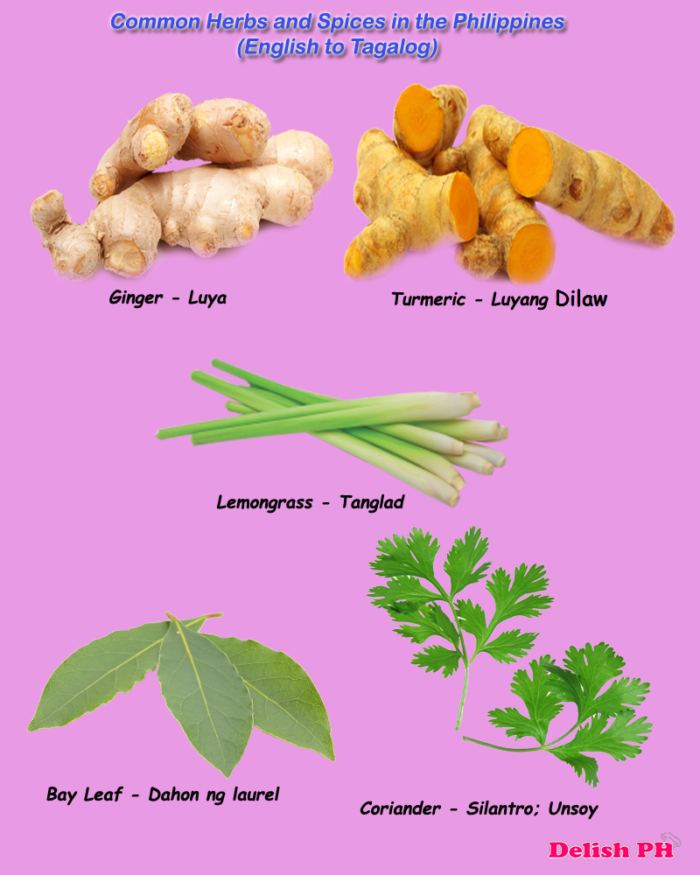Introduction: Understanding Filipino Cuisine
Filipino cuisine is a reflection of the country’s rich cultural history. The Philippines was colonized by a number of different countries – the Malay, Spanish, Chinese, and American, to name a few – and their influences can be seen in the country’s cuisine. Filipino cuisine is often described as a fusion of different flavors and ingredients, resulting in a unique and distinctly Filipino taste.
Malay Influence on Filipino Cuisine
The Malay influence on Filipino cuisine is perhaps the most significant. The Malays were the first to inhabit the Philippines, and their influence can be seen in many of the country’s traditional dishes. One example is adobo, a dish made with meat (usually pork or chicken), vinegar, soy sauce, garlic, and pepper. The flavors in adobo are similar to those found in Malay dishes, and it is believed that the dish originated from the Malay word “adobo,” which means “sauce.”
Spanish Influence on Filipino Cuisine
The Spanish colonized the Philippines for over three centuries, and their influence can be seen in many aspects of Filipino culture, including cuisine. Spanish dishes such as paella and caldereta have been adapted to suit Filipino tastes, and Spanish ingredients such as olive oil, chorizo, and saffron have been incorporated into Filipino dishes. One example is the popular dish lechon, which is a whole roasted pig typically served at special occasions. The dish was introduced by the Spanish, who brought the tradition of roasting pigs with them to the Philippines.
Chinese Influence on Filipino Cuisine
The Chinese have had a significant influence on Filipino cuisine, particularly in the use of ingredients such as soy sauce, tofu, and noodles. One example of a dish that has been influenced by Chinese cuisine is pancit, which is a noodle dish that can be served with a variety of meats and vegetables. The noodles used in pancit are similar to Chinese egg noodles, and the dish is typically seasoned with soy sauce and other Chinese spices.
American Influence on Filipino Cuisine
The American influence on Filipino cuisine is seen in the use of ingredients such as ketchup, mayonnaise, and Spam. These ingredients were introduced to the Philippines during the American colonial period, and they have since become staples in Filipino cuisine. One example of a dish that has been influenced by American cuisine is the burger steak, which is a popular fast food item in the Philippines. The dish consists of a hamburger patty served with rice and gravy, a combination that is unique to Filipino cuisine.
Conclusion: A Fusion of Cultures in Filipino Cuisine
Filipino cuisine is a reflection of the country’s rich cultural history. The Malay, Spanish, Chinese, and American influences have all contributed to the unique and distinct flavors of Filipino cuisine. Filipino cuisine is a fusion of these different cultures, resulting in a cuisine that is truly one of a kind. Whether it’s adobo, lechon, pancit, or burger steak, each dish tells a story of the country’s past and present.

